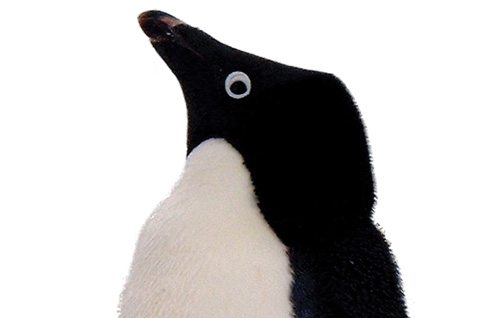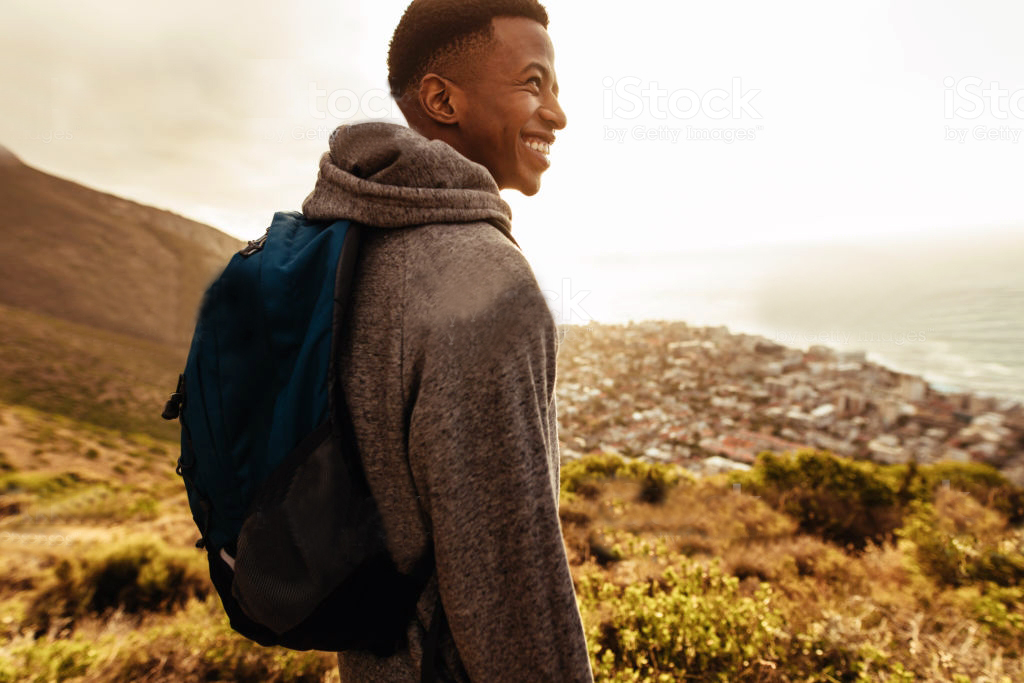Don't get caught out in the cold. A look at cold exposure, its dangers and treatments.
Just reading Into Thin Air—Jon Krakauer's account of a disastrous Everest expedition—makes me want to put on a warm sweater, some long underwear and sip some hot soup. But the reality is that you don't need to do anything quite as extreme to get into danger with the cold. If you're planning to travel during the cold season, or at high altitudes, you'd better be aware of the dangers of cold exposure.
Cold injury may involve the peripheral tissues like the hands, feet, nose and ears, or result in general body cooling leading to hypothermia. Frostnip is the mildest form of cold injury, involving just the top layers of the skin. The skin appears pale and soft and may feel numb. This is generally a reversible condition. Frostbite is much more serious, involving the full thickness of the skin and other tissues. Ice crystals form in the tissues, causing irreparable tissue damage. The affected area feels hard and woody, and appears red, deep purple or blackened with blood-filled blisters. It may take months to determine the extent of the damage, but amputation is often required.
Chilblains are a much milder form of cold injury, often occurring in cold, damp conditions. The skin appears reddish-blue and swollen, and feels itchy. This usually resolves without any permanent damage.
Chilled to the bone
Hypothermia is similar to heatstroke, but at the opposite end of the thermometer. The body loses more heat to the environment than it is able to produce and retain. Mild hypothermia may cause uncontrolled shivering, confusion and lethargy. If the body's core temperature falls below 28C, this may progress to coma and reduced heart rate, pulse and respiration. The person appears dead.
Needless to say, the treatment of cold injuries involves rewarming, but this must be done properly to avoid further injury. In all instances, the victim should be moved to a warm environment, if possible, and any damp or tight clothing should be removed. For peripheral injuries, the affected area should be rewarmed in warm water (40-42o C for 15-30 minutes, three to four times a day.) The extremities should be handled gingerly so as to avoid further injury, and blisters should not be opened. Analgesics and antibiotics may be needed. Dressings should be applied carefully. A person with frostbite should not be 'defrosted' if there is a risk of refreezing, as this may further damage the tissues.
A person suffering from hypothermia needs to be evacuated immediately to a medical centre with intensive care facilities. First aid measures in the field may involve passive heating with warm, dry blankets or sleeping bags and warm drinks if the person is able to swallow.
In hospital, rewarming can be accomplished by several means such as hot-water immersion, gastrointestinal irrigation, dialysis or even cardiopulmonary bypass. Rewarming may be complicated by shock, low blood sugar and dangerous cardiac arrhythmias.
Prevention of cold injury
None of this sounds particularly pleasant, so let's look at ways of preventing cold injury.
• Wear several layers of loose clothing. Layers can be peeled off if they become wet or if it gets too warm.
• Wear boots that are waterproof and insulated.
• Carry some extra warm clothing.
• Eat high calorie snacks, carry a thermos of hot soup and avoid alcohol.
• Be sure to protect the face, hands and feet in extremely cold weather with a hat, gloves, woolen socks and a balaclava.
• Match your outdoor activities with the outdoor environment, i.e. use your common sense.
• Stay in the boat!
Penguins are exempt from most of these precautions, though the occasional one has been known to wear a hat.










